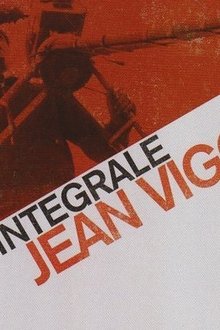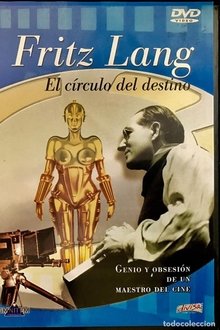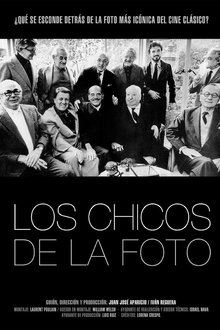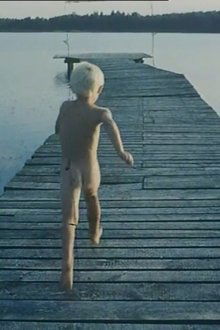Amid the release of the fourth Indiana Jones movie, filmmaker Brandon Kleyla chronicles the fanaticism of the whip-carrying admirers and interviews various filmmakers, archaeologists and writers about the Indy franchise. Viewers learn why archaeologist Indiana Jones and his many adventures have spawned die-hard, convention-going fans for more than two decades.
Related Movies
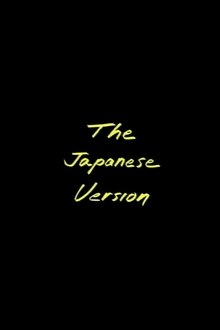
The Japanese Version (1991)
How the Japanese process American pop culture and make it their own -- a mind-bending odyssey through cultural mixing.
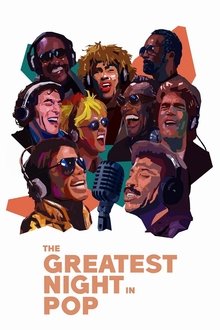
The Greatest Night in Pop (2024)
On a January night in 1985, music's biggest stars gathered to record "We Are the World." This documentary goes behind the scenes of the historic event.
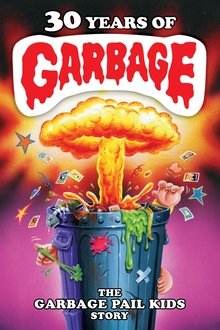
30 Years of Garbage: The Garbage Pail Kids Story (2017)
The Garbage Pail Kids are 30 years old. Celebrate their gross-out greatness with artist interviews, superfan collections, and more.

Two Headed Cow (2006)
Documentary - Eighteen years in the making, two-headed cow started off as a black and white film that followed Dexter Romweber and his drummer Crow on a rock and roll tour along the same route as General Sherman. The film was not finished due to many circumstances, but the filmmakers were able to resume the film seventeen years later. After major TV appearances, a stint on a major label, bouts of depression and drug addiction, the film took on a different tone and poignancy. - Neko Case, Exene Cervenka, LaResh Crash
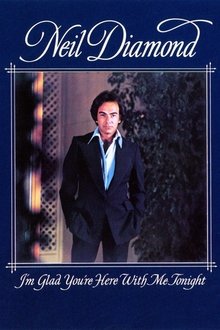
Neil Diamond: I'm Glad You're Here with Me Tonight (1977)
The majestic Neil Diamond live! Prepare to melt.
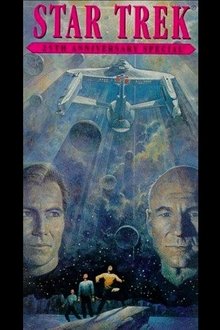
Star Trek: 25th Anniversary Special (1991)
This documentary is hosted by William Shatner and Leonard Nimoy and they take us through the history of Star Trek. We also get to see bloopers from the original series and the current space program and how progression has been in reality, hosted by LeVar Burton.

Hallo, Munich (1968)
The rut of Dalmatian hinterland changes with the arrival of returning guest workers, and things they bring along: cars, radios and new way of life.
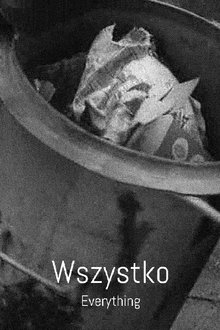
Everything (1972)
Here's a strange one. First, a song on a blackboard: a Polish translation of “I love my little rooster” by American folk writer Almeda Riddle. Then, two men roll around trash bins and lift them to the garbage truck. They do it several times. A woman shouts in the distance. At the end, the picture stops, and the woman sings the song. An early short by Piotr Szulkin.
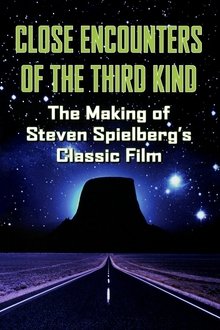
The Making of 'Close Encounters of the Third Kind' (2001)
A documentary film on the making of 'Close Encounters of the Third Kind'
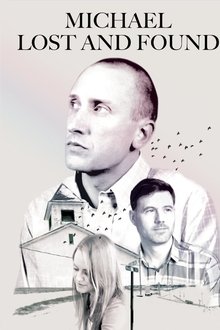
Michael Lost and Found (2017)
When a feature film is made about them seven years after their break-up, Benjie Nycum visits his ex-boyfriend Michael Glatze and finally tries to get answers about his bewildering shift from gay activist to ex-gay evangelical.
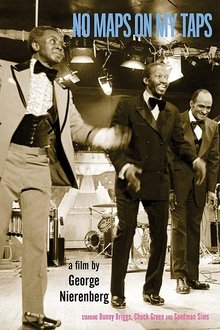
No Maps on My Taps (1979)
The remarkable spirit of tap dancers and their history provides a joyous backdrop for intimate portraits of hoofers Sandman Sims, Chuck Green, and Bunny Briggs.

The Marines (2007)
For longer than the United States has been an independent nation, there has been a Marine Corps. They consider themselves the very best America has to offer. Embodying fierce patriotism, extraordinary courage, and innovative weapons, they are a force. This documentary focuses on their training and examines what it means to be a Marine.
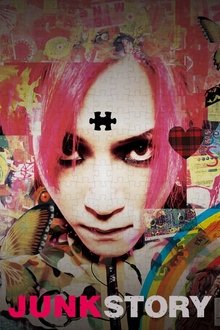
Junk Story (2015)
A look back at the life and career of Japanese guitarist hide, who died under questionable circumstances in 1998.
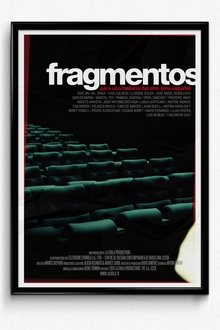
Fragmentos para una historia del otro cine español (2010)
Documentary about the history of experimental cinema in Spain. FRAGMENTS is a historical survey of “the other” Spanish Cinema — films that brazenly explored their artistic, poetic and conceptual potential. Spanish experimental cinema can be glimpsed in a series of important yet isolated events that FRAGMENTS compiles through various firsthand accounts, film excerpts and documents. For the first time in Spain, a documentary brings together the most relevant of a cinema that is slowly losing its invisibility.
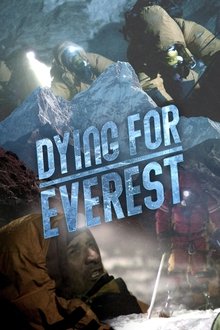
Dying for Everest (2007)
On 15 May, 2006, double amputee Mark Inglis reached the summit of Mt Everest. It was a remarkable achievement and Inglis was feted by press and public alike. But only a few days later he was plunged into a storm of controversy when it was learned that he had passed an incapacitated climber, Englishman David Sharp, leaving him to a lonely end high in the Death Zone.
